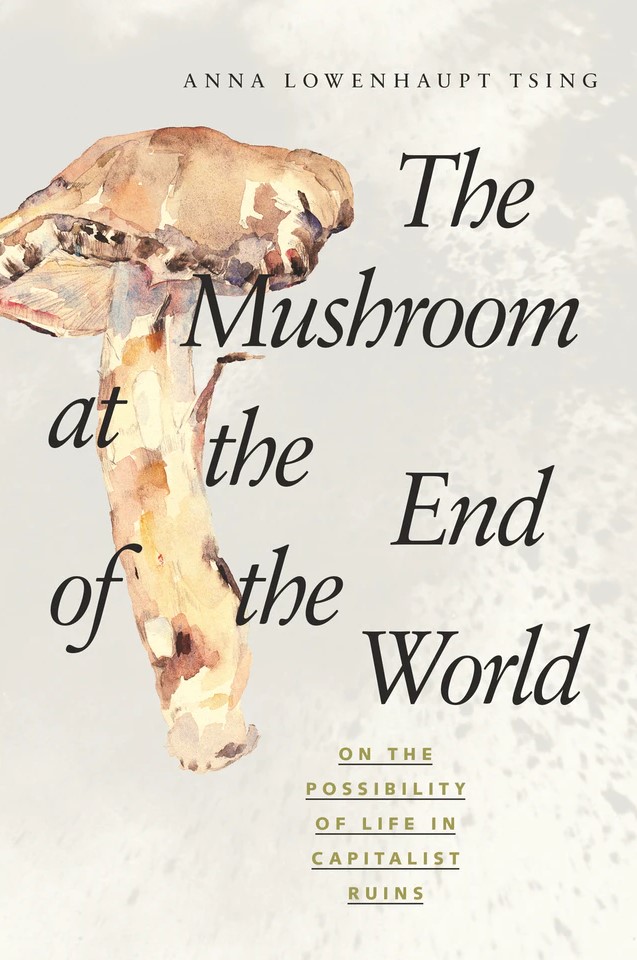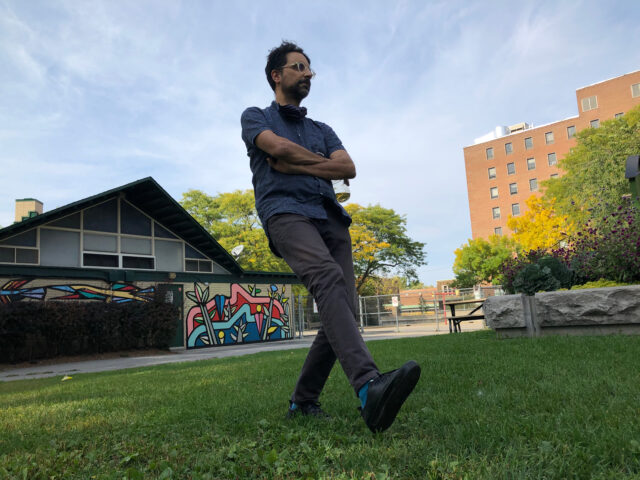← Explore
“I can’t even begin to fathom how liberating it would feel for my basic needs to be met without the obligations of full-time employment. It would free up untold energy and time and capacity that I could harness for all kinds of pursuits that are inaccessible to me right now.”
DEL Resident Emmanuel Madan is an artist who works with sound and technology and an organizer advocating on behalf of the Canadian media arts community. After training in electroacoustic music composition and work in the community radio, he devoted himself to an art practice that spans digital and electronic art, installation and performance, audio and video. He is a member of the collective [The User] and National Director of the Independent Media Arts Alliance.
Q: How do you fund your artistic practice? What would it take to live off your art?
A: I have a day job working in arts advocacy. The income from this employment is theoretically meant to cover the costs related to my own artistic practice; however in practice I’ve been finding it quite difficult to juggle the time commitments of these two roles. My art practice has therefore taken a back seat for the last several years. I find this somewhat frustrating, but the upside is that I do find the work I do to be very stimulating and rewarding, and I believe the effort I’m putting in is contributing to a healthier, more sustainable, and more equitable arts sector, so other active artists are hopefully benefiting from what I spend my time on. In the longer term, I’m confident that eventually my life conditions will change again and I’ll be able to return to a more active studio, research, and production practice.
“I think that BIPOC artists have less access to the kind of long runway that all artists need to try things out and develop. Honing a practice means being secure enough to fail, and even to fail multiple times. Without that safe space for failure, the pressure is just too high…”

Emmanuel recommends:
Anna L. Tsing, The Mushroom at the End of the World: On the Possibility of Life in Capitalist Ruins (2017)
Anna L. Tsing, The Mushroom at the End of the World: On the Possibility of Life in Capitalist Ruins (2017)
Q: How would your approach to artmaking change if you didn’t have to worry (as much) about making money?
A: It would be so completely different. I can’t even begin to fathom how liberating it would feel for my basic needs to be met without the obligations of full-time employment. It would free up untold energy and time and capacity that I could harness for all kinds of pursuits that are inaccessible to me right now. Most of those activities require only time: study, research, reading, learning new tools, conversation with peers. Production-type activities would be a bit more investment intensive as they’d necessitate things like access to specialized equipment, appropriate studio space, or the labour of others.
Q: What’s one thing that would make artmaking more accessible, equitable, and successful for Black, Indigenous, and other working artists of colour?
A: I think that BIPOC artists have less access to the kind of long runway that all artists need to try things out and develop. Honing a practice means being secure enough to fail, and even to fail multiple times. Without that safe space for failure, the pressure is just too high, risk-taking becomes less attractive, and a truly creative or exploratory practice has to give way to more practical considerations. The inequities of our society close these spaces much quicker for racialized folks and other marginalized communities such that far fewer are even afforded the privilege of identifying as “working artists” in the first place, or to retain that elusive identity for very long.
